
A hurricane poses two major threats to a roof: blowing debris and the loss of securement of the membrane.
By Karen Warseck, Contributing Editor Roofing Article Use Policy
No matter where you are, storms are a fact of life for your roof. Hot, cold, dry, damp — it doesn’t matter which affects you most. Climate dictates the kind of storms you will receive, which affects the choice and installation of your roof system. The most dramatic effect of climate is storms — blizzards, hurricanes, hailstorms, monsoons, desert deluges. Because you can’t change your weather, what can you do to prepare your roof for stormy weather? How can you recover from the effects of a storm? What choices can you make when you reroof to minimize future problems?
Except for tornados, you will get forewarning that a storm is on its way. This gives you a little time to prepare your roof for the damage that can occur.
1. The best way to prepare for any type of storm is to go up on your roof and clean out drains and remove loose debris. That doesn’t mean pushing all those gunky leaves away from the drain strainer, but actually taking any and all debris completely off the roof. The faster your roof can clear water, the fewer problems you will have. In the event of a leak, regardless of the reason, if you have puddles on your roof and you get a cut in the membrane, water will naturally flow towards the lowest point on your roof (the cut). This will create a monster leak that should have been just a trickle had there not been three inches of water there. Blocked drains and mounds of gunk dam the natural flow of water, creating this scenario.
While you are clearing, be sure that not only are your drains clear, but also the secondary drainage — overflow pipes or scuppers — so that, in case the primary drainage does not function, you can still maintain a safe water level on the roof. But don’t rely on secondary drainage. Some buildings do not even have secondary drainage. Others have the elevation of the secondary drainage so high that the weight of the accumulated water can overload the structural system long before the water level reaches the secondary drain. Best to be sure the primary drains work. If you have no time to do anything else, this is the one thing you should do before any kind of major storm.
2. The next general task is to document the condition of your roof before anything can happen to it. This has two benefits. If you know the condition of the roof, you can repair any minor defects before the storm to minimize damage. It will also strengthen any insurance claims you make after the storm as you will have proof of the roof condition prior to the storm. Go up on the roof and photograph overall views and take close ups of everything on it, including edge conditions, mechanical equipment, and any penetrations through the roof.
3. The third item relevant to all types of storms is to regularly maintain your roof. A well-tended roof can mitigate problems that occur during a storm — regardless of the intensity or lack thereof. The roof should be inspected a minimum of twice a year, before your storm season and after it is over. By checking it before a severe weather season, you can fix any small problems that can escalate during a storm. By inspecting it again after storm season, you can see any damage that has occurred, prepare any insurance claims, and fix the roof in a timely manner.
posted on 12/14/2017
Comments
Source: Commercial Roofing


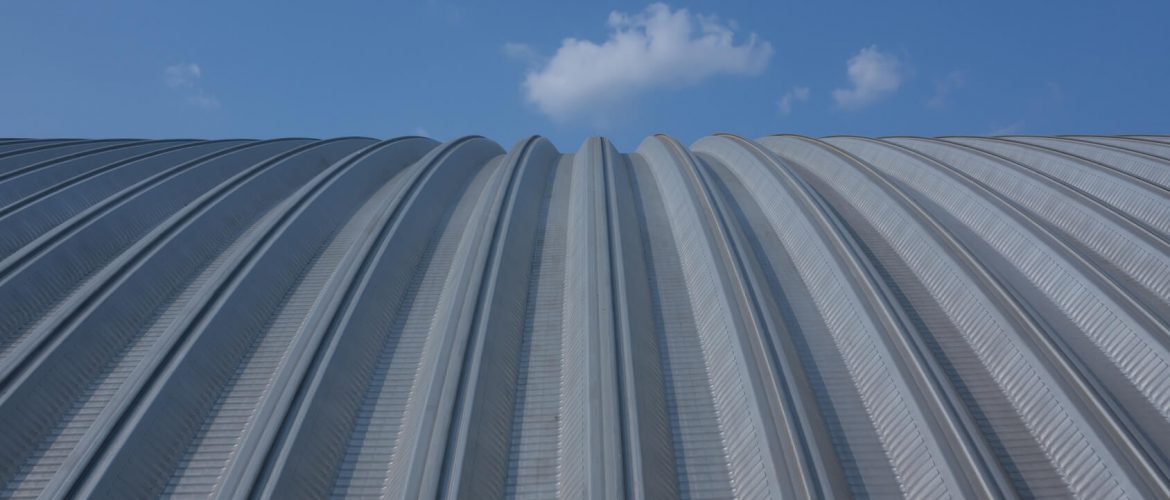



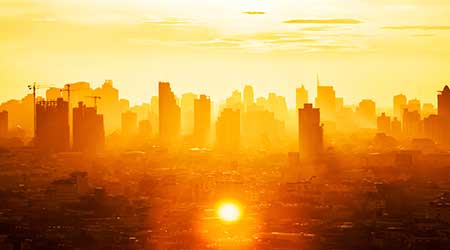
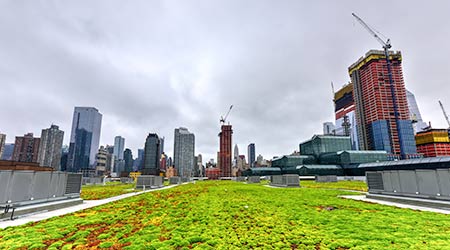
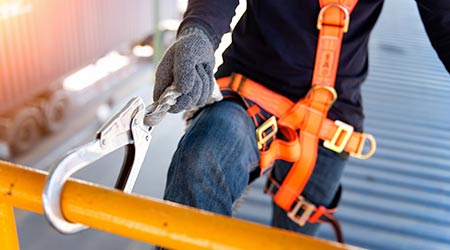



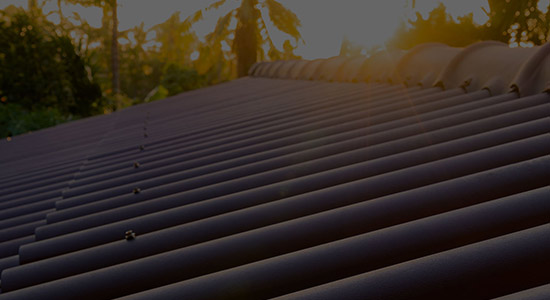




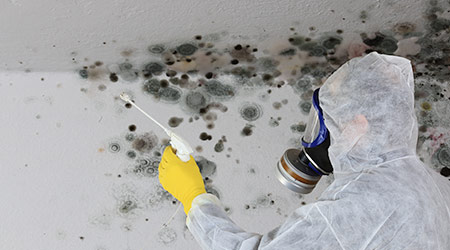



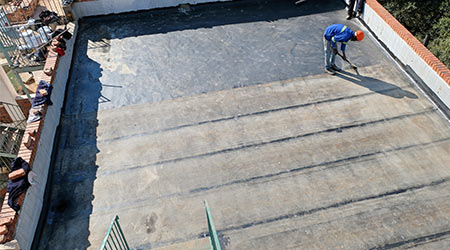

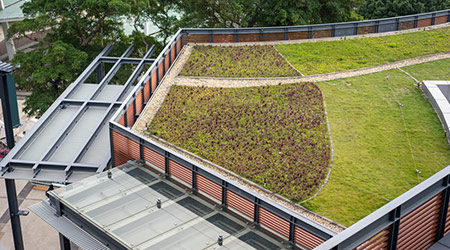
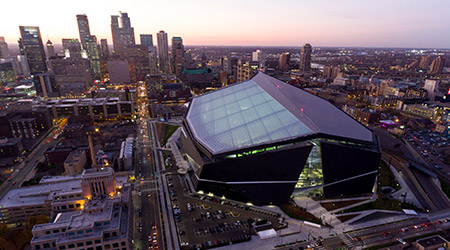
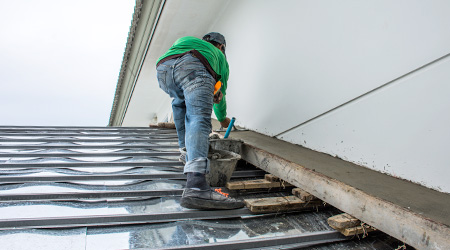

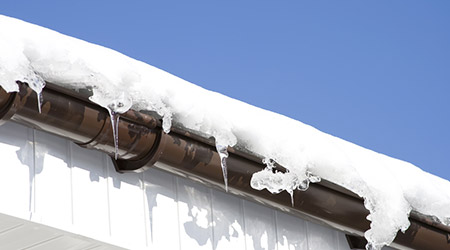
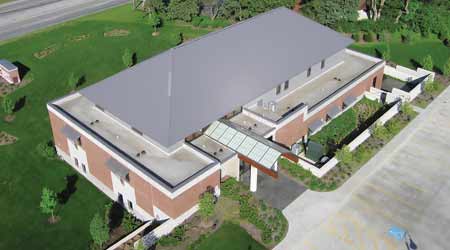


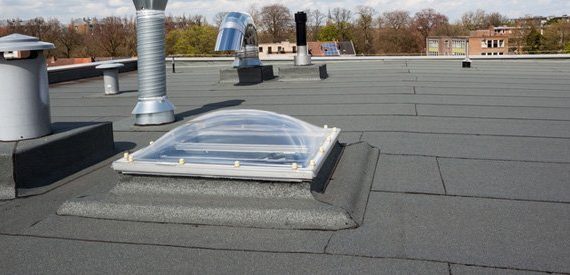
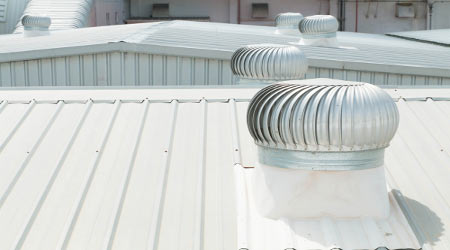
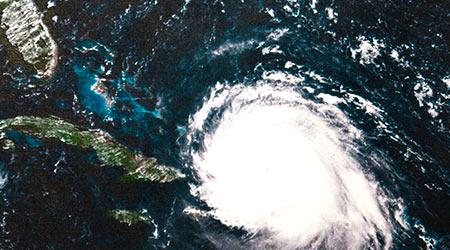
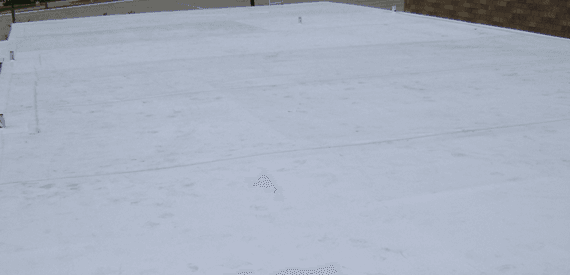


No comments yet.